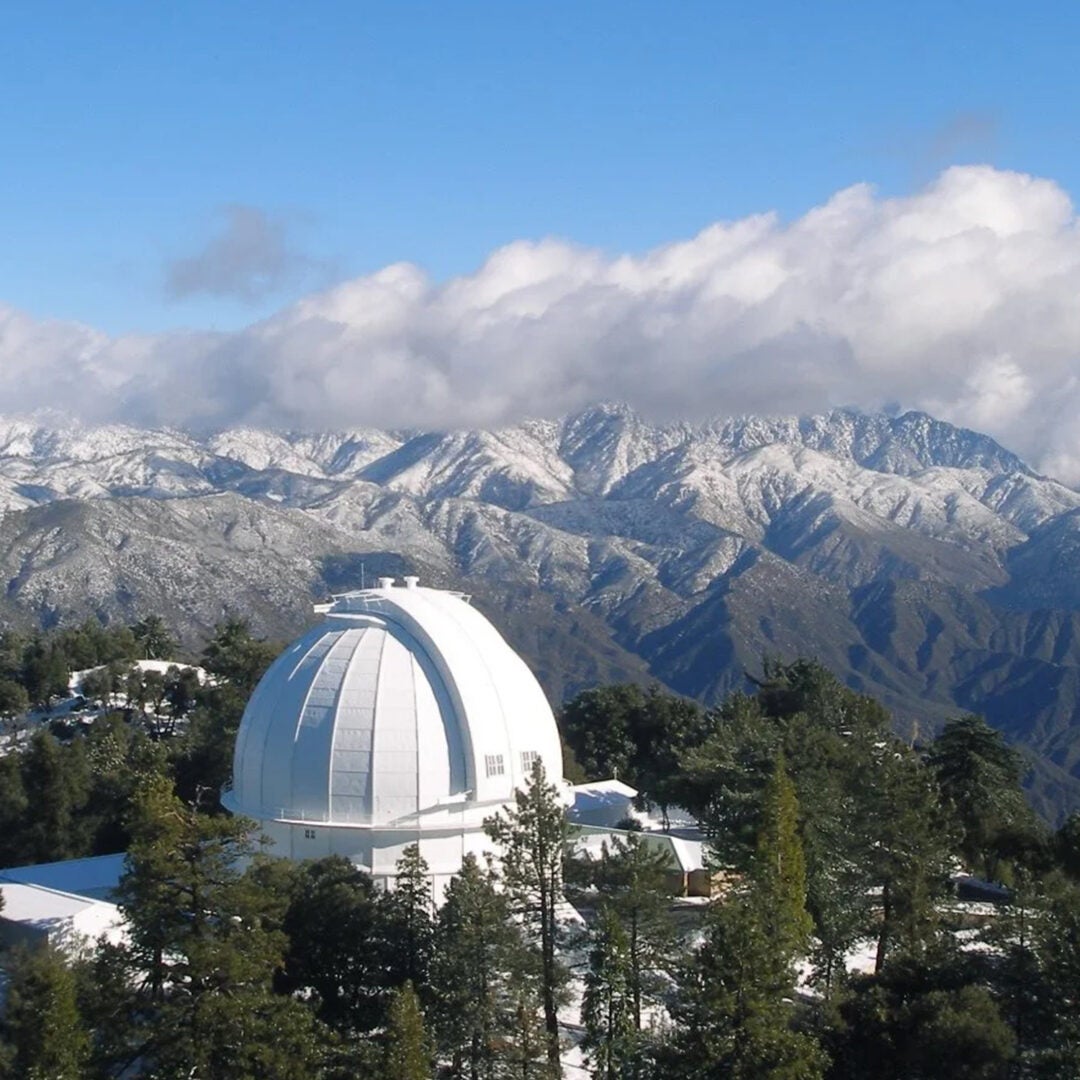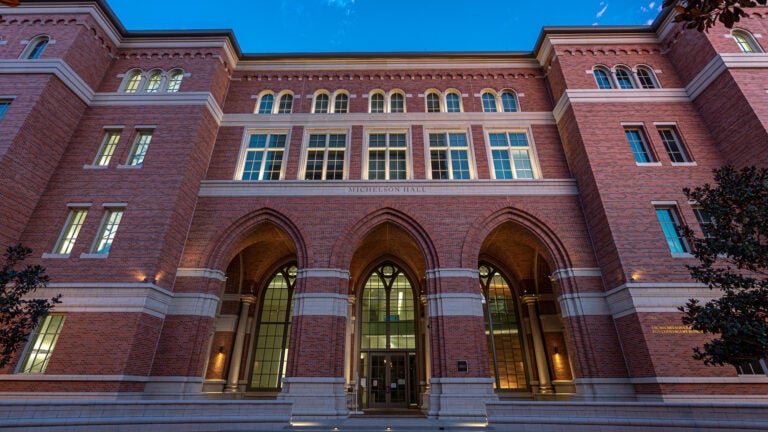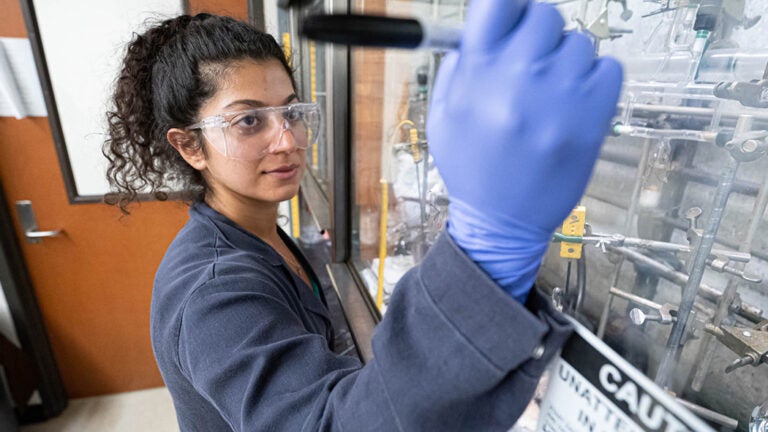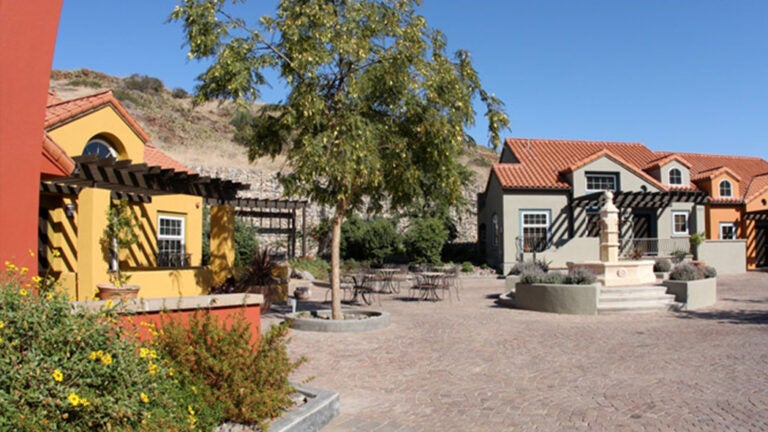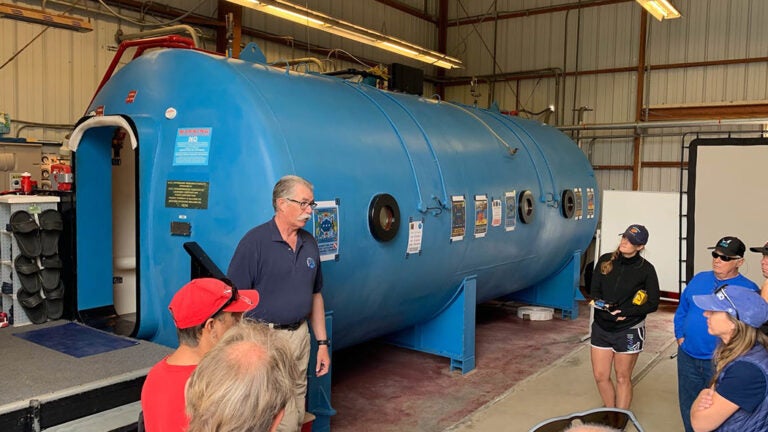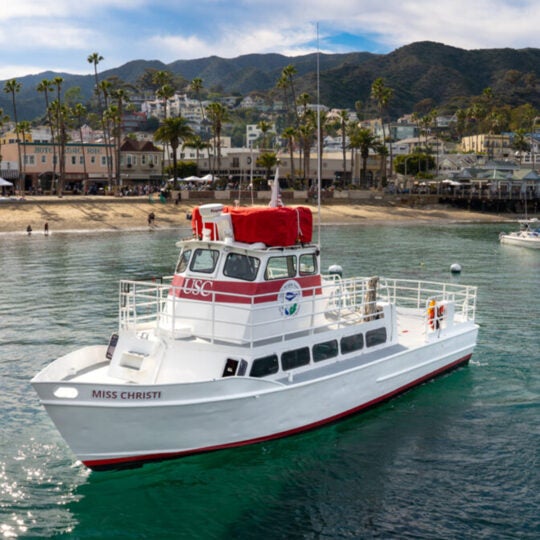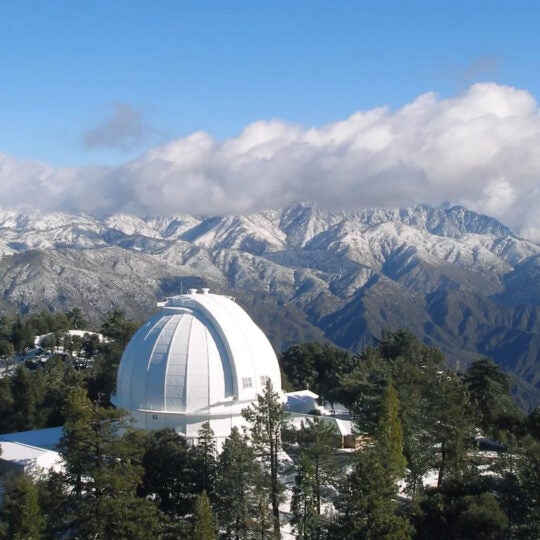Where Curiosity Meets Ingenuity
USC Dornsife faculty and students take advantage of world-class facilities and technology to uncover new knowledge.
Our facilities include state-of-the-art labs for biology, chemistry, and physics, as well as specialized spaces for researching topics such as consciousness, music processing, nanotechnology, and more. Special collections and archives contain media and publications unavailable elsewhere.
Beyond campus, our researchers leverage resources including mountaintop telescopes, the celebrated archives housed at the Huntington Library, various collections at the Natural History Museum, and facilities providing access to SoCal’s deep water coast.
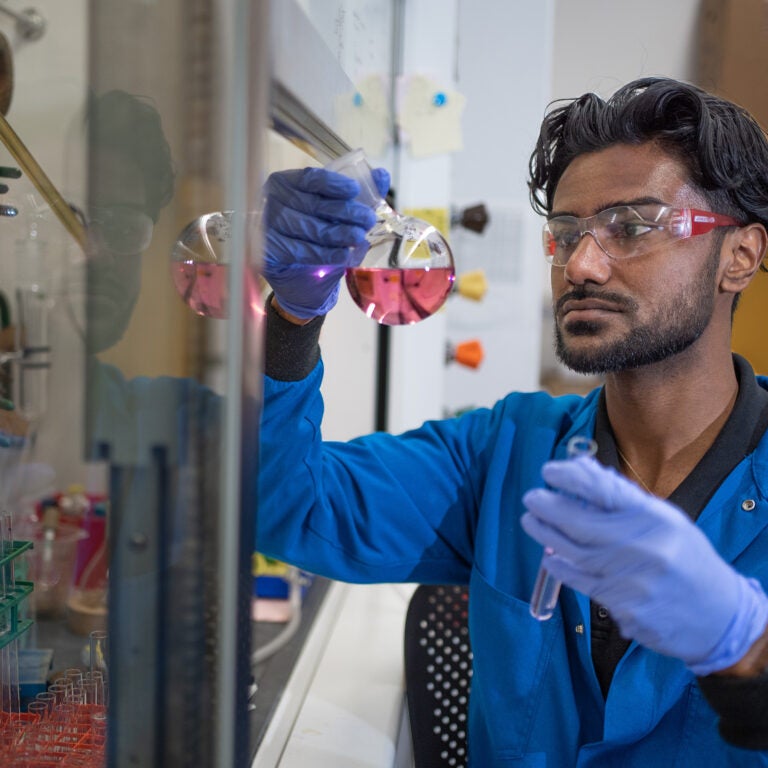
Research Facilities at a Glance
56
Buildings Used Primarily for Research
814K
Square Feet of Research Space
22
Libraries and Information Centers
7
Electron microscopes in the Michelson Center for Convergent Bioscience
2
Cryo-Electron Microscopes — Among the Most Powerful in the World
Core Bioscience Facilities
A Cool Development in Microscopes
USC’s recent investment in a cryogenic electron microscopy (cryo-EM) facility, made possible through a partnership with biotech powerhouse Amgen, features state-of-the-art instrumentation capable of unprecedented molecular imaging. USC researchers and industry partners use these powerful tools to lead the development of new drug therapies, novel vaccines, and brand new ways of understanding cellular life.
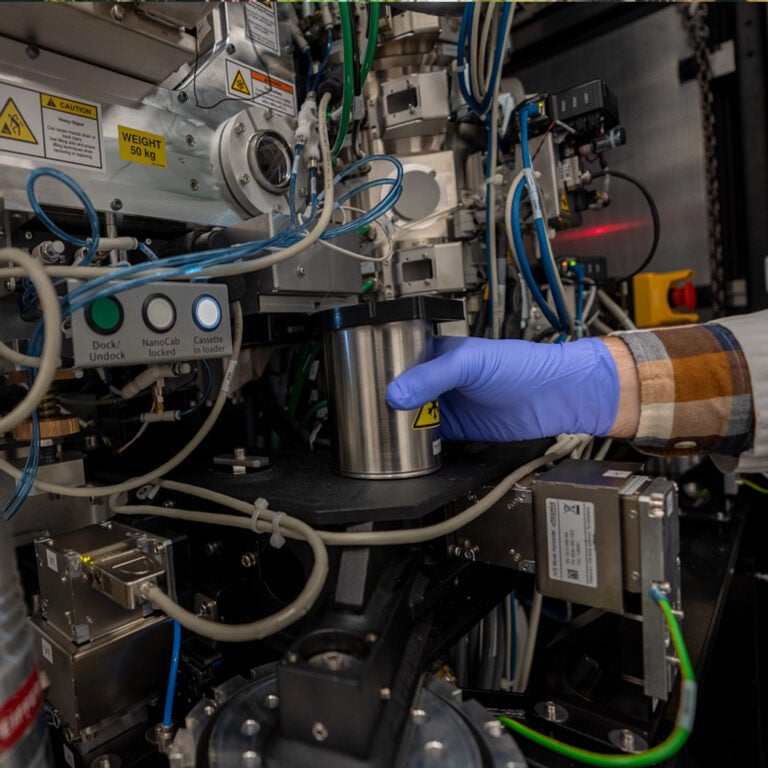
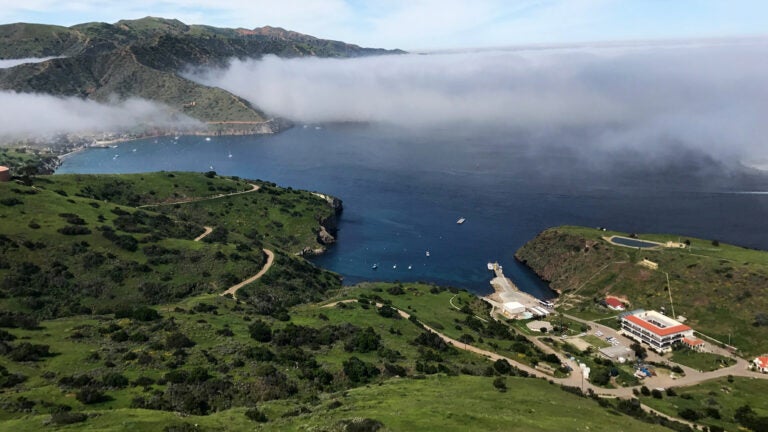
A “Branch Campus” on Catalina Island
Twenty-two miles off the L.A. coast, the USC Wrigley Marine Science Center enables researchers and students to investigate the relationships between people and planet. Set amid the wonders of nature, numerous laboratories, robust diving facilities, housing and classrooms power exploration across a variety of ecosystems.
USC Wrigley Laboratories
The USC Wrigley research facility serves as a remarkable “living lab” that includes Catalina Island, its surrounding marine reserves, and the San Pedro Channel. Research is conducted in wet and dry labs, a greenhouse, a blue house, and at dive facilities.
George and MaryLou Boone Center
Comprising six small houses and a central house with a large meeting room, the Boone Center can accommodate up to 50 people for a variety of academic gatherings.
Hyperbaric Chamber
The USC Catalina Hyperbaric Chamber provides emergency medical treatment for diving accidents, as well as training for scientific divers and hyperbaric medicine specialists. Adjacent to a helipad, it works in collaboration with the L.A. County Medical Alert Center.
Greening Research Labs
Professors of chemistry Jessica Parr and Travis Williams are leading the charge to implement sustainable processes and use equipment that generates less heat. It’s part of a campus-wide effort to make our research efforts more sustainable.

Chemistry Facilities and Shops
The USC Dornsife Department of Chemistry manages several research labs and shops. A team of technical personnel oversees the maintenance and usage of highly specialized instruments such as laser spectrometers, X-ray diffractometers, and microscopes.
Your Brain at Work
Working at the intersection of art and science, the Brain and Creativity Institute researchers conduct experiments in both an advanced neuroimaging lab and a classical auditorium devoted to artistic performance and scientific presentations.
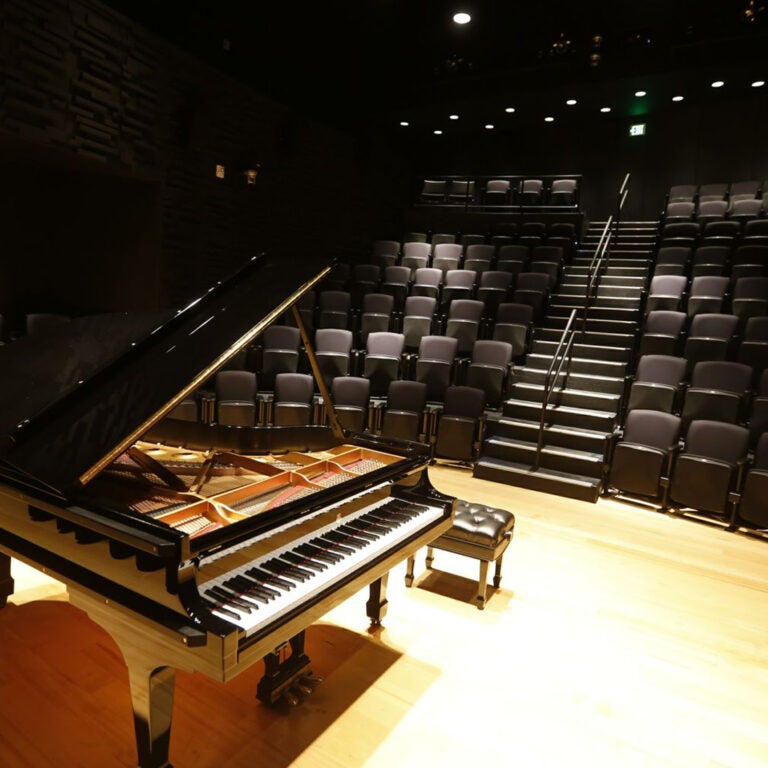
Uncovering Knowledge in Vast Collections
Encompassing 22 libraries and information centers, including specialized collections like the Hoose Library of Philosophy and the East Asian Library, the USC Library system is a world-class resource for researchers from every field.
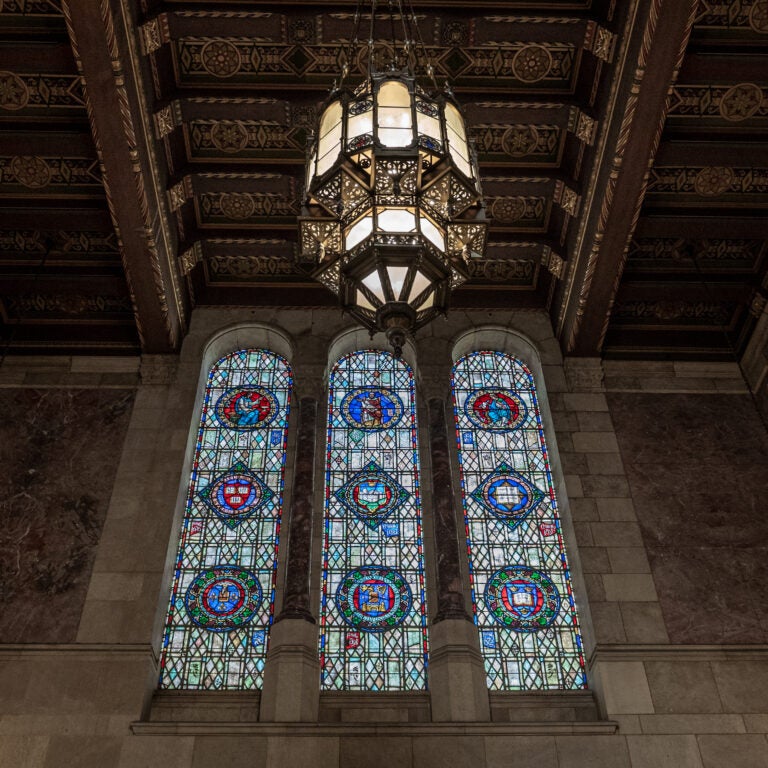
A World for Discovery
With partnerships at specialized research centers and prominent cultural institutions around the world, the USC Dornsife research community makes discoveries far beyond the walls of campus.
All Aboard the Miss Christi
Every weekday USC’s passenger vessel Miss Christi provides transportation to the Wrigley Marine Science Center on Catalina Island from the port of Los Angeles in San Pedro, Calif.
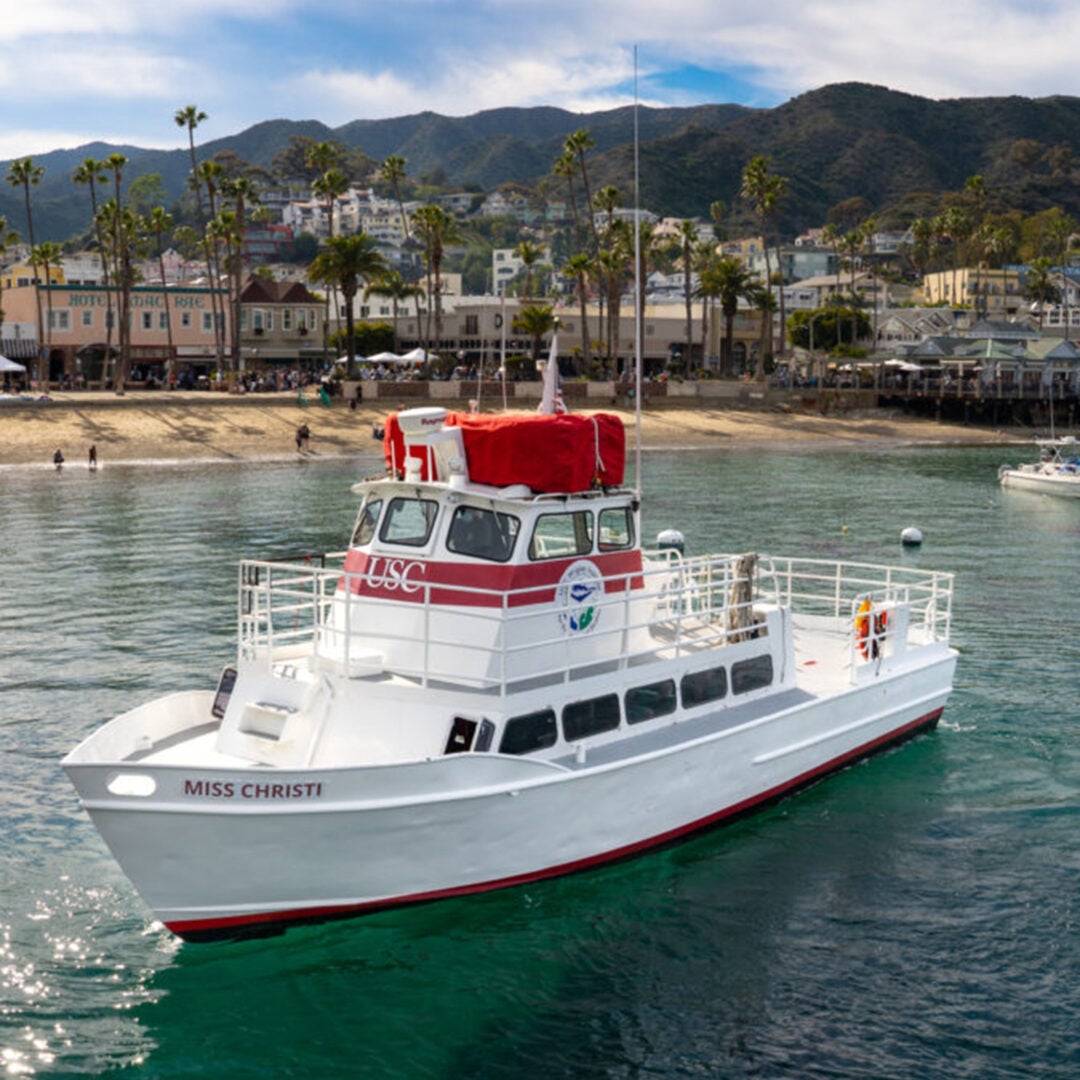
View from the Top
USC Dornsife researchers have the opportunity to make use of the historic telescopes at Mount Wilson Observatory in Pasadena, Calif.
